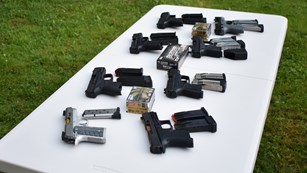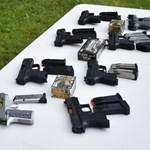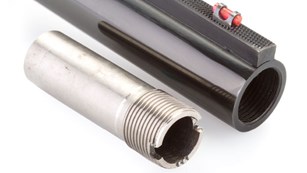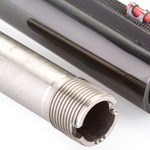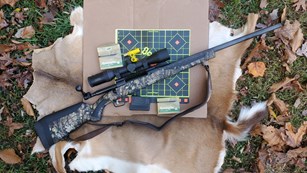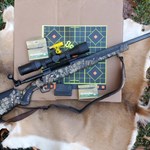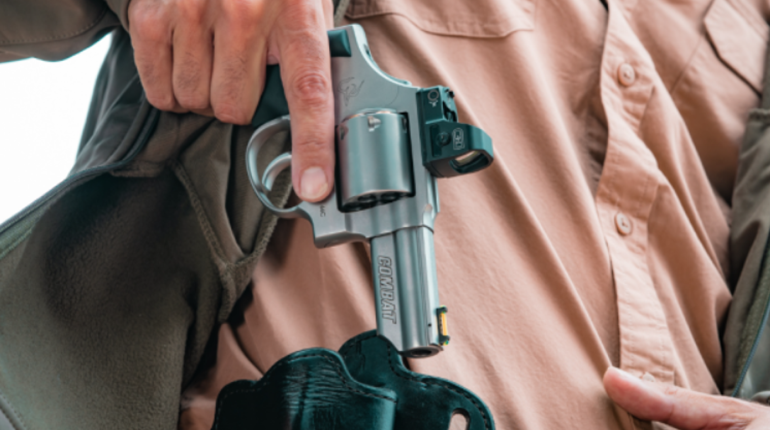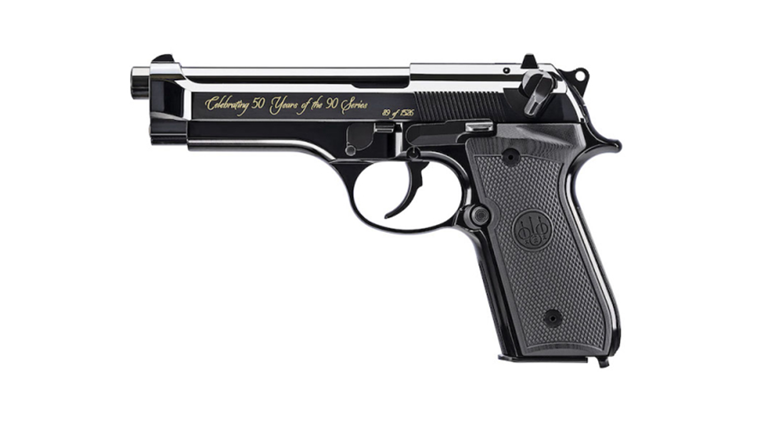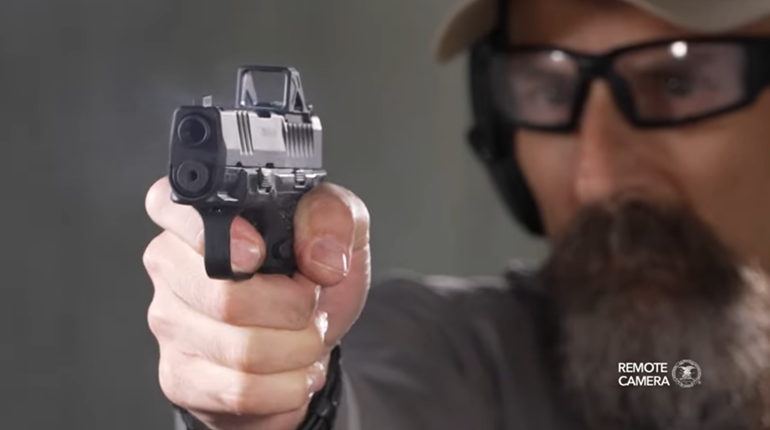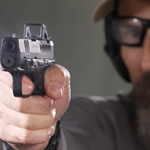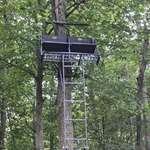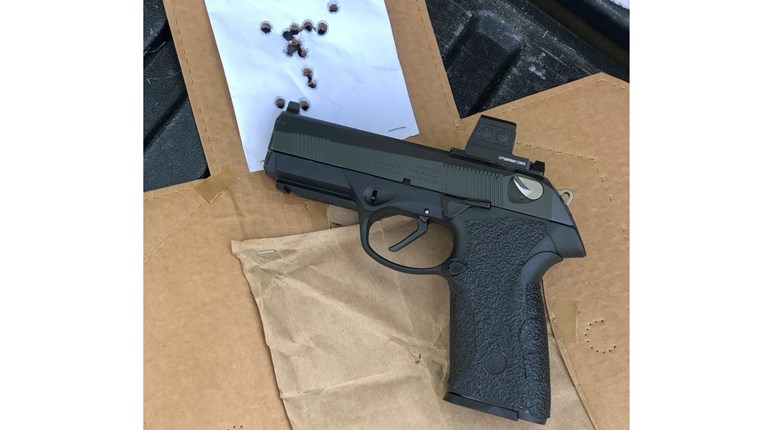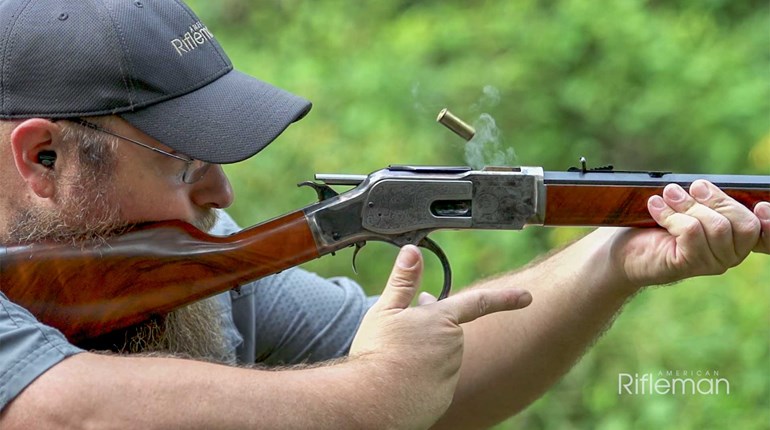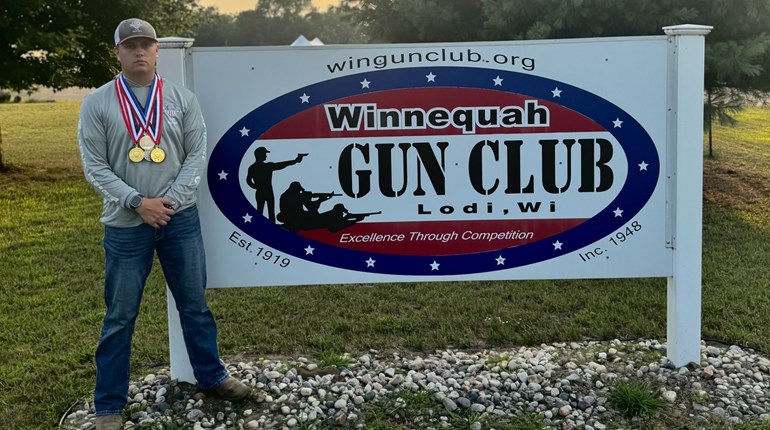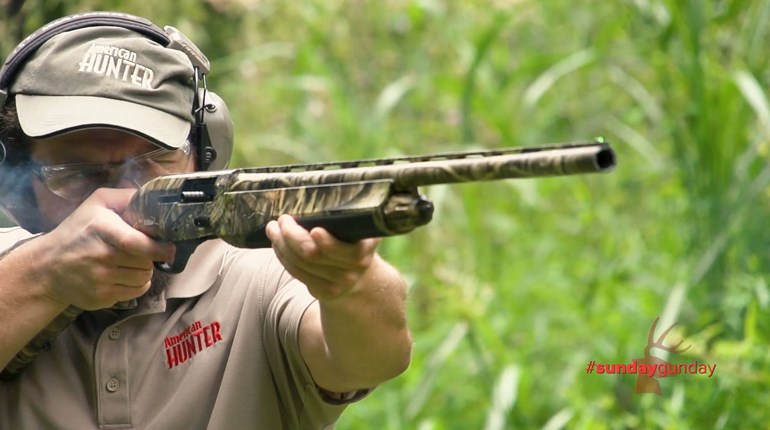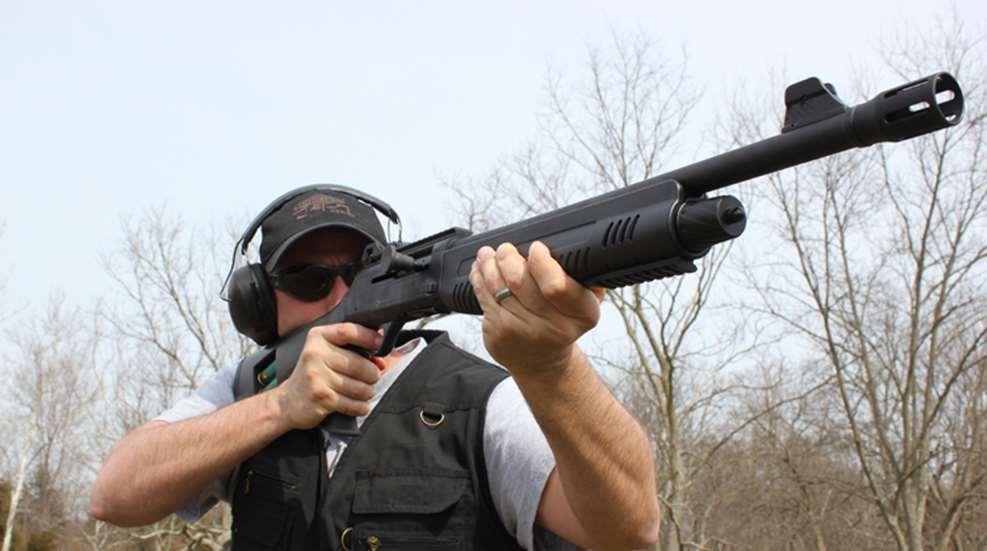
Shotguns have long been a popular choice as home-defense firearms, and there are several reasons that they make sense for that application. Shotguns produce sufficient stopping power at close range, and there is a wide variety of personal-defense ammunition that is ideal for personal protection. Most home-defense shotguns are either pumps or semiautomatics, so let’s examine the differences between the two action types so you can select the one that is right for you.
Pumps: Pump shotguns, also known as slide-action shotguns, require the shooter to manually operate the action by pulling the forearm back toward the shooter. The rearward motion releases a shell from the tube magazine, which is located inside of the forearm. Shoving the forearm forward pushes a shell into the chamber and locks the chamber for firing. After you shoot, pulling the slide back pulls the empty shell from the chamber and the process starts all over again.
There are many benefits to the pump design. For starters, it’s simple. There are few moving parts, and most of those moving parts are operated by the shooter, so reliability is excellent. This mechanical simplicity is also beneficial in that it keeps weight to a minimum: The average defensive pump gun weighs somewhere between 5½ and 7 pounds. Pumps are also generally less expensive than semiauto shotguns—you can expect to pay between $250 and $500 for most models. Popular home-defense pump shotguns are available from Winchester, Remington, Mossberg, Weatherby, Escort, Stoeger and other companies.
Pumps do have their downside, though. Generally speaking, light shotguns recoil with more force than heavier guns, and pumps lack a gas operating system that reduces felt recoil by prolonging the action stroke. Operating a pump also requires that you operate the slide with each shot, which is just one more movement you will have to make in the midst of a terrifying home invasion.
Semiautos: Semiautomatic shotguns fire with each pull of the trigger, and the operating system uses the energy from the shot to cycle the gun. There are two popular semiauto operating systems—gas and inertia. Gas systems, like the ones found on Remington, Winchester, Weatherby’s SA-08, Mossberg’s 930, FN and other semiauto shotguns, utilize escaping gas to work the action. These gases travel through small vent holes in the bottom of the barrel with each shot, which forces a piston (or pistons) rearward, and this rearward motion cycles the action and chambers a new shell. The other popular system is an inertia system, which is found in defensive shotguns from Benelli and Stoeger among others. The inertia system is quite simple; the fired shell’s rearward motion provides the energy to unlock the chamber and slide the bolt rearward, and a return spring then shoves the bolt back forward, picking up the next shell on the way.
Semiautos don’t require the shooter to slide the forearm like pumps, and for most new shooters that allows for faster follow-ups. They also tend to be more expensive because of the number of moving parts that go into production (although that is changing). When it comes to choosing between gas and inertia semiautos there are some important considerations to keep in mind. Gas guns tend to be heavier, but the gas system, as previously stated, helps mitigate the force of recoil, so they are comfortable to shoot. Generally speaking, gas guns require more maintenance because the gases will foul the internal parts of the gun. It’s not a major chore to clean modern gas guns and most are extremely reliable, though. The simple inertia design doesn’t vent gases through the gun but rather sends them out of the barrel so these systems are clean, but inertia guns are lighter and will recoil with more force.
The good news is that all of these guns—pumps and gas and inertia semiautos—will work for home defense. The key is finding a gun that suits you, learning how it functions, and practicing regularly.

